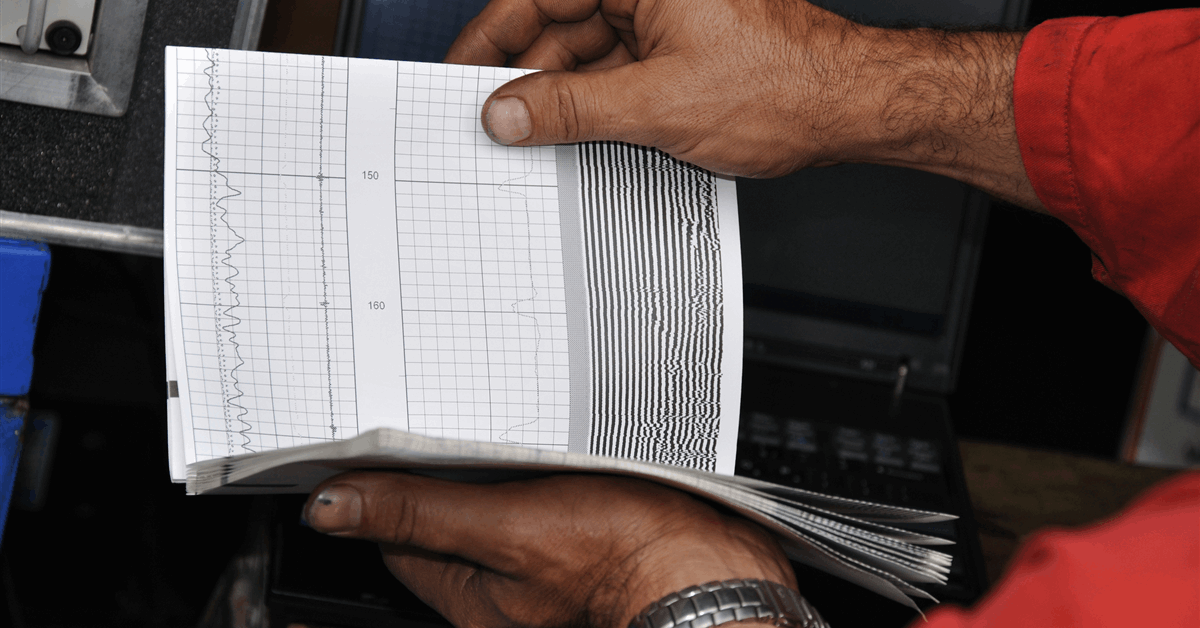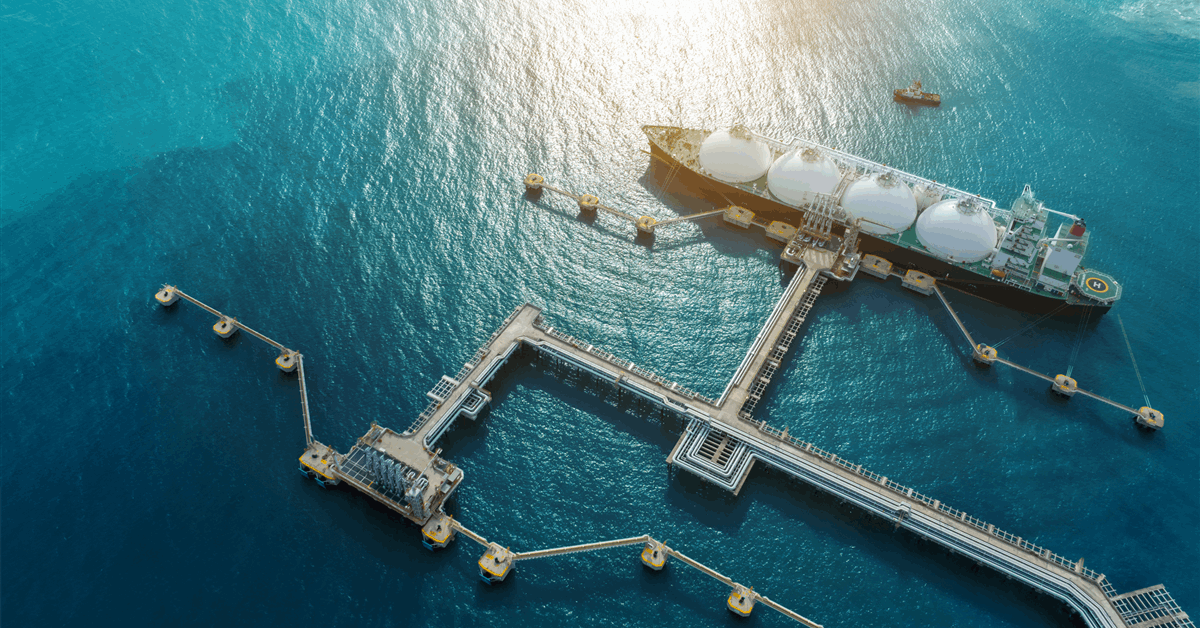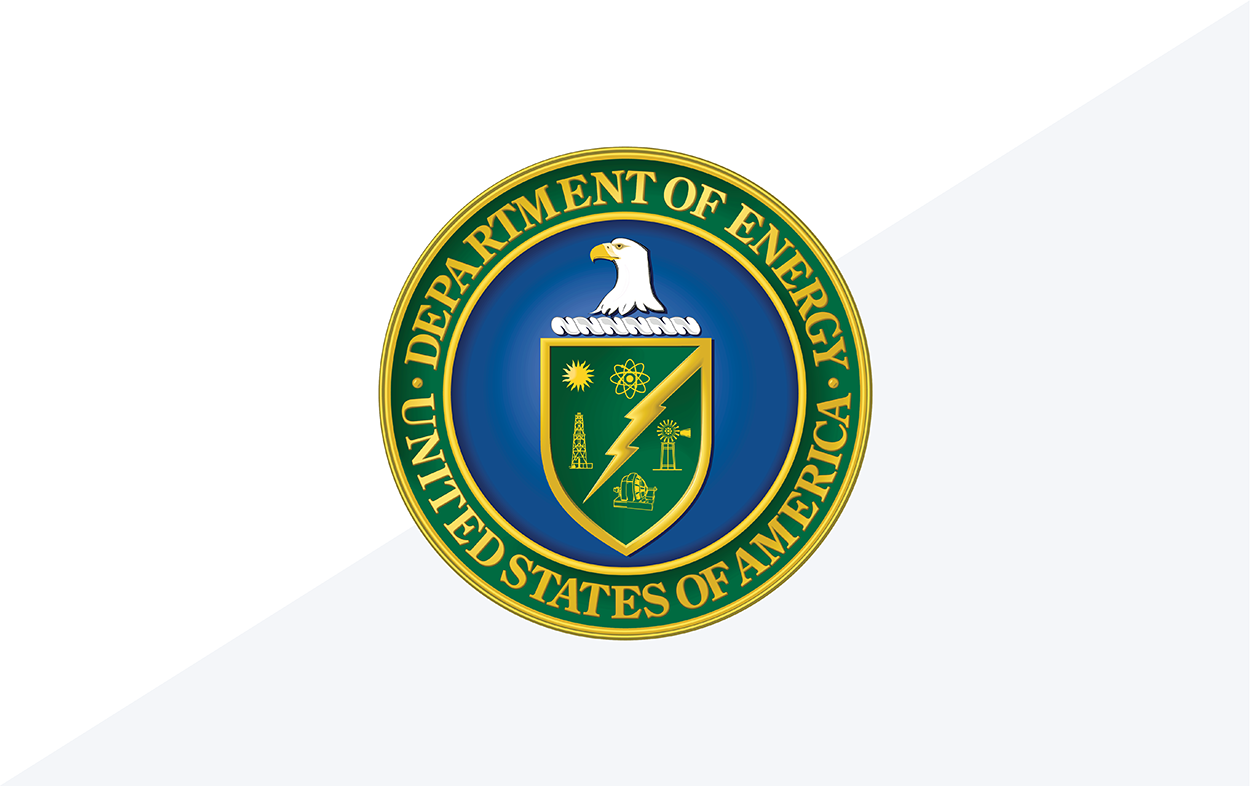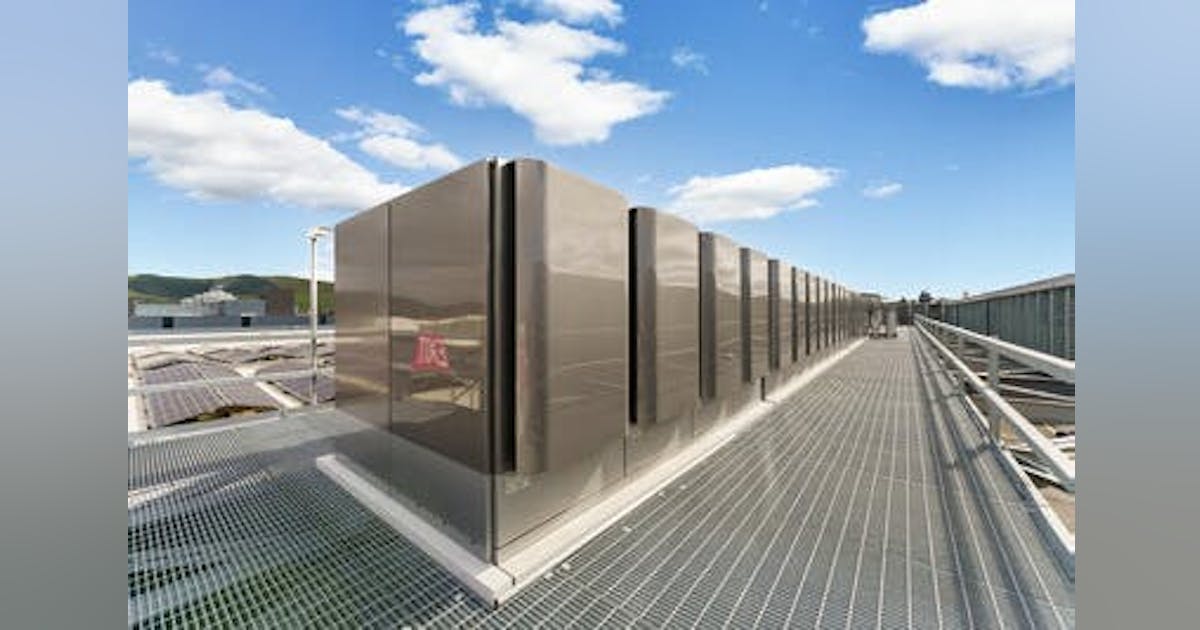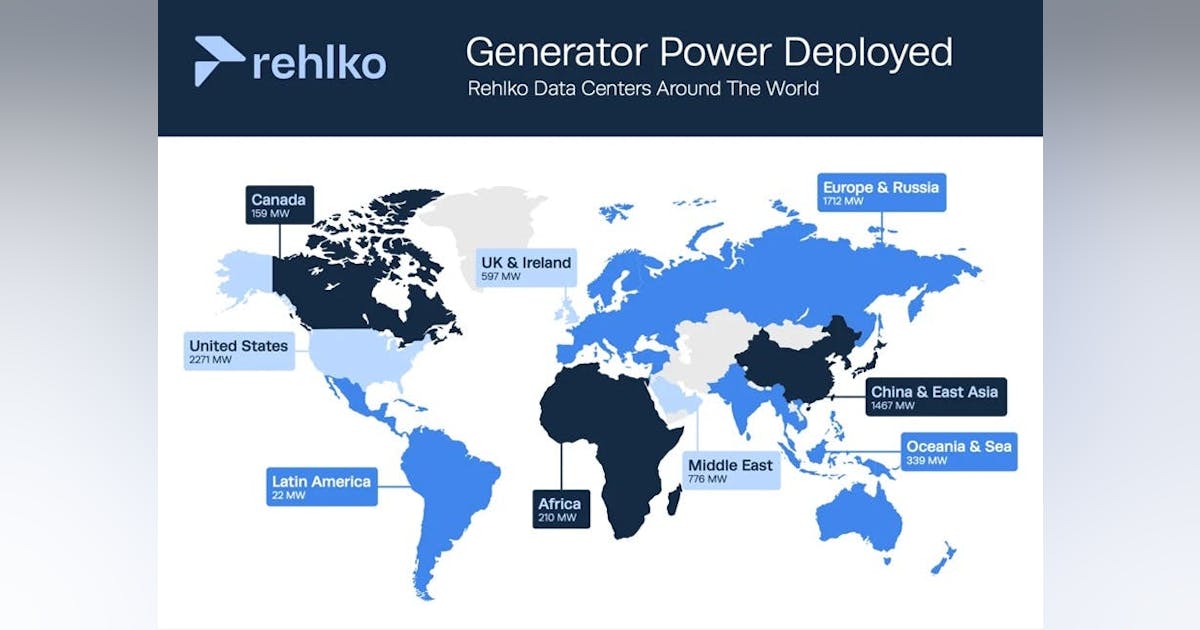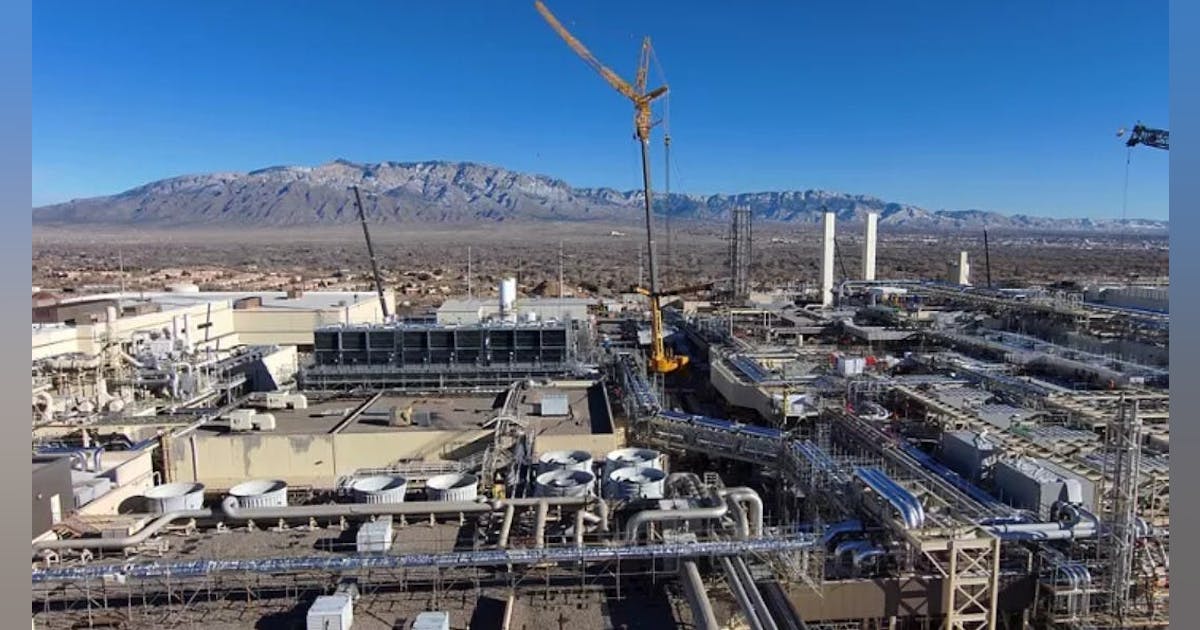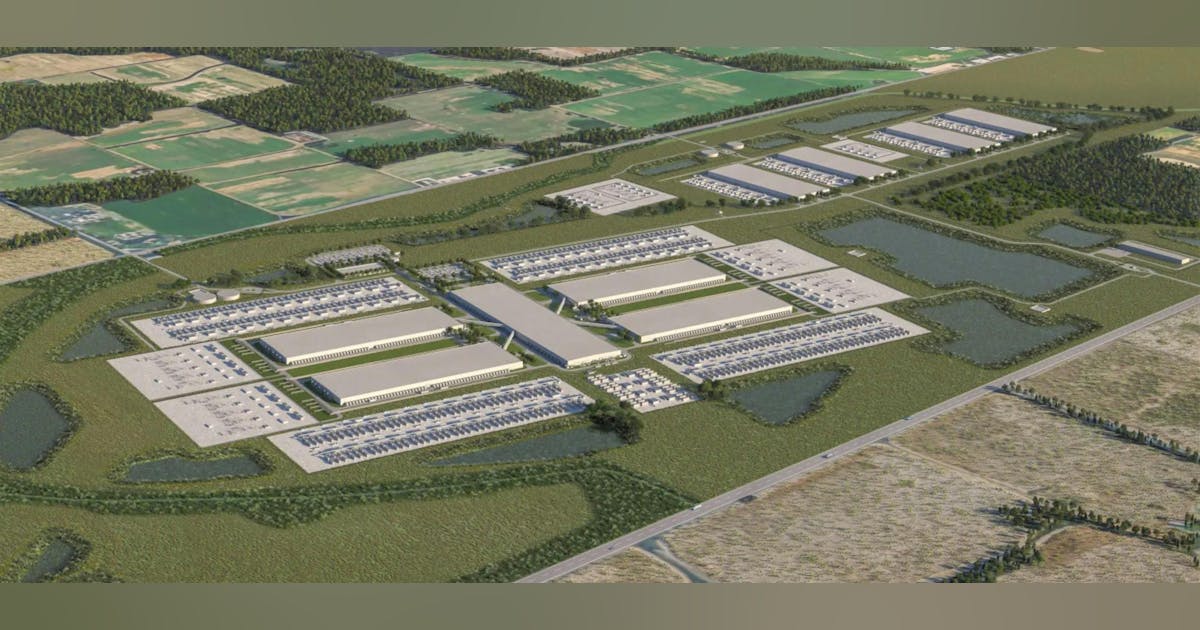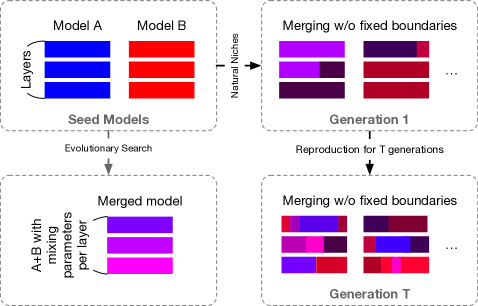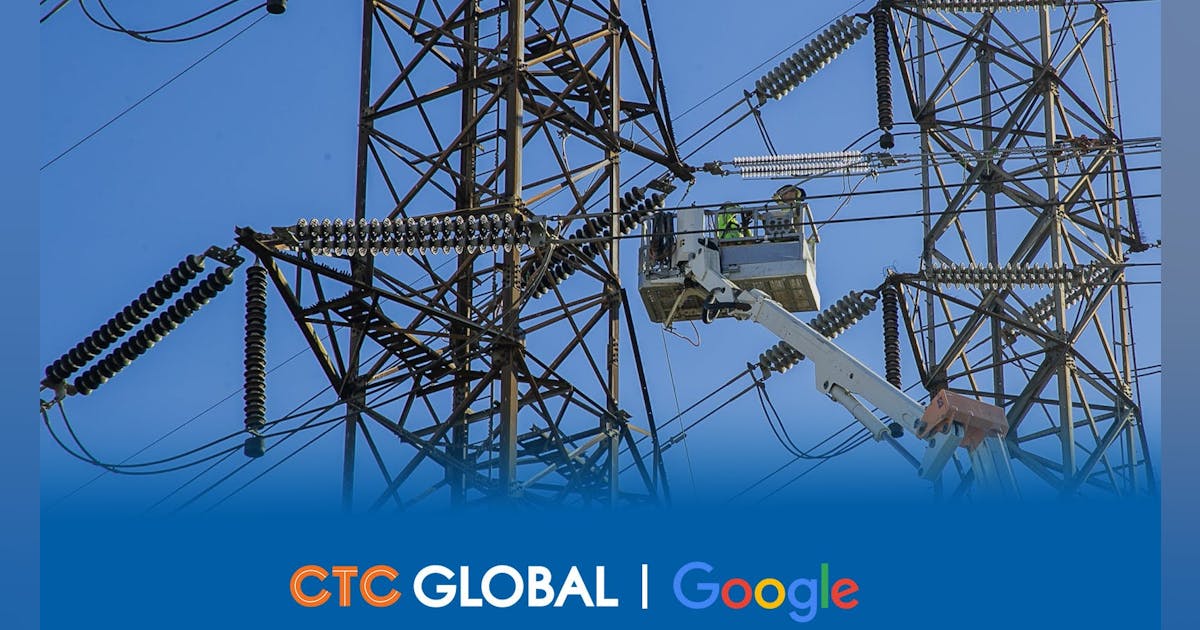
On June 17, 2025, Google and CTC Global announced a joint initiative to accelerate the deployment of high-capacity power transmission lines using CTC’s U.S.-manufactured ACCC® advanced conductors. The collaboration seeks to relieve grid congestion by rapidly upgrading existing infrastructure, enabling greater integration of clean energy, improving system resilience, and unlocking capacity for hyperscale data centers. The effort represents a rare convergence of corporate climate commitments, utility innovation, and infrastructure modernization aligned with the public interest.
As part of the initiative, Google and CTC issued a Request for Information (RFI) with responses due by July 14. The RFI invites utilities, state energy authorities, and developers to nominate transmission line segments for potential fast-tracked upgrades. Selected projects will receive support in the form of technical assessments, financial assistance, and workforce development resources.
While advanced conductor technologies like ACCC® can significantly improve the efficiency and capacity of existing transmission corridors, technological innovation alone cannot resolve the grid’s structural challenges. Building new or upgraded transmission lines in the U.S. often requires complex permitting from multiple federal, state, and local agencies, and frequently faces legal opposition, especially from communities invoking Not-In-My-Backyard (NIMBY) objections.
Today, the average timeline to construct new interstate transmission infrastructure stretches between 10 and 12 years, an untenable lag in an era when grid reliability is under increasing stress. In 2024, the Federal Energy Regulatory Commission (FERC) reported that more than 2,600 gigawatts (GW) of clean energy and storage projects were stalled in the interconnection queue, waiting for sufficient transmission capacity. The consequences affect not only industrial sectors like data centers but also residential areas vulnerable to brownouts and peak load disruptions.
What is the New Technology?
At the center of the initiative is CTC Global’s ACCC® (Aluminum Conductor Composite Core) advanced conductor, a next-generation overhead transmission technology engineered to boost grid capacity without the need for new towers or expanded rights-of-way.
Unlike traditional conductors such as ACSR (Aluminum Conductor Steel-Reinforced), ACCC conductors use a lightweight composite core made of carbon and glass fibers, surrounded by high-conductivity aluminum strands. This design allows the conductors to carry significantly more current while reducing line losses and thermal sag, two key limitations of legacy steel-reinforced designs.
The result is a conductor that can double the capacity of existing lines, improve energy efficiency by reducing resistance-related losses, and enhance long-term reliability under high thermal loads. For utilities and large energy users such as hyperscale data center operators, ACCC offers a critical tool for modernizing the grid within existing physical constraints, accelerating time-to-impact without triggering years of permitting and construction.
Why Grid Modernization Matters
The U.S. power grid is straining under the weight of aging infrastructure and growing demand. More than 70% of the nation’s transmission lines are over 25 years old, and many core components (transformers, substations, circuit breakers) are operating well beyond their intended design life. Across most of the country, deferred maintenance and backlogged upgrades have created reliability vulnerabilities that increasingly threaten both residential stability and industrial growth, particularly for power-intensive sectors like data centers.
Transmission bottlenecks have become a critical chokepoint. The U.S. grid lacks sufficient high-voltage, interregional transmission capacity, especially the flexible, modernized infrastructure needed to connect variable renewable generation with areas of peak demand. When the grid was originally built, it was optimized for centralized fossil fuel power plants, not the decentralized, intermittent generation patterns of today’s solar and wind projects. Nor was it designed for the rapid, high-density demand surges associated with AI-driven data centers or EV charging infrastructure.
The result is visible across multiple regions. Without adequate long-duration storage or flexible transmission pathways, renewable energy is frequently curtailed: wasted simply because it can’t be moved to where it’s needed. In California, excess solar generation is regularly cut back during the day, even as other areas face peak demand. Meanwhile, in the PJM Interconnection – the nation’s largest regional transmission operator, covering all or parts of 13 states – more than 250 GW of clean energy projects are stalled in the queue, awaiting transmission upgrades.
Without modernization, the grid itself becomes the bottleneck to America’s clean energy transition, and to the continued expansion of hyperscale digital infrastructure.
What This Upgrade Could Unlock
Google and CTC Global expect that the deployment of ACCC® advanced conductors will lead to significantly faster, more cost-effective upgrades of the U.S. power grid, while improving both energy efficiency and system resilience. By doubling the transmission capacity of existing lines, these high-performance conductors enable utilities to deliver more power through current corridors in a matter of months, avoiding the 10- to 12-year timelines often required for building new transmission infrastructure from scratch.
The benefits are substantial. ACCC technology can reduce line losses by 30–40%, lower overall project costs, and dramatically compress construction timelines. Because these “high-temperature, low-sag” conductors maintain structural integrity even under elevated thermal loads, they also reduce risks associated with line sag, wildfire ignition, and extreme weather events, enhancing reliability in a warming climate.
The upgrade carries strong alignment with U.S. energy policy goals. ACCC conductors are manufactured domestically using carbon and fiberglass components sourced in the U.S., supporting industrial capacity, strengthening supply chains, and sustaining energy-sector jobs. As the global race for AI infrastructure and clean energy leadership accelerates, investments like this reinforce U.S. competitiveness by building out smarter, faster, and more flexible grid infrastructure at scale.
For the clean energy transition, increased transmission capacity is essential. A grid modernized through targeted conductor upgrades, not just massive greenfield expansions, offers a practical path to integrate more renewables, grid-scale storage, EV charging infrastructure, and advanced electrification. Ultimately, it’s a strategy built around adaptability: using today’s tools to ready the grid for tomorrow’s demands.

